Cloud Computing a leap into the future or a security concern?

Cloud computing is not an individual piece of technology instead it mainly consists of 3 different services SaaS(software-as-a-service), IaaS(infrastructure-as-a-service), PaaS(platform-as-a-service).
- Software-as-a-service (SaaS) is the license provided to a customer for a particular software application. These licenses are commonly a pay as you go model, these applications can be found in software’s like Microsoft Office or Adobe.
- Infrastructure-as-a-service (IaaS) is responsible for administering everything from the operating systems to storage and servers using IP-based connectivity. Customers can acquire these resources from an outsourced, on-demand service while dodging the need to purchase software or servers from firms like IBM or Oracle.
- Platform-as-a-service (PaaS) is believed to be the most sophisticated of the 3-cloud based computing. PaaS and SaaS share similarities however the primary one being that instead of delivering software online, it’s a platform designed to create software’s that’s delivered through the internet.
Cloud-based computing comes with its many advantages, it offers a reduced time for commercial introduction. However, developers are drawn to the rich profusion of advance services that can be integrated such as machine learning or the internet of things.
Cloud-based software offers companies whether big or small, the ability to use software across multiple platforms or via app or browser. Therefore, they can transfer files or settings seamlessly over different devices.
Cloud computing has brought ease into our lives as well. Thanks to it, we can use services such as checking email on any device or even use services such as Google Drive or Dropbox to backup files for emergency purposes.
It’s can also potentially save big business huge amounts of money. Before cloud computing became readily available, organizations were required to construct their own costly IT infrastructures. Companies can now exchange expensive server centers for speedy connections.
Cloud computing has become the platform of choice. Major cloud computing providers are leading the way in technology development, launching new services before they appear anywhere else. Day by day organizations are choosing the cloud where endless amounts of exciting new technologies are emerging.






